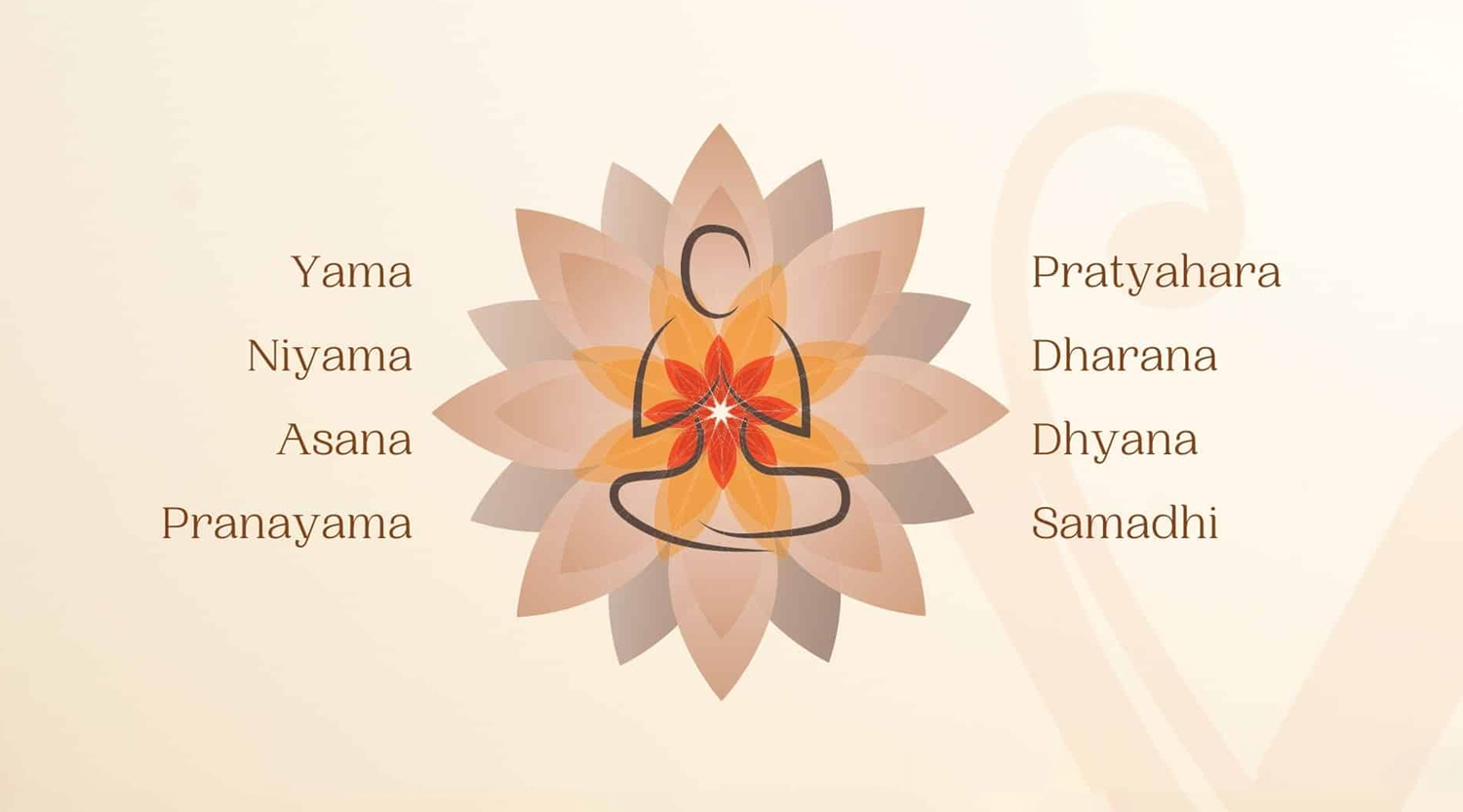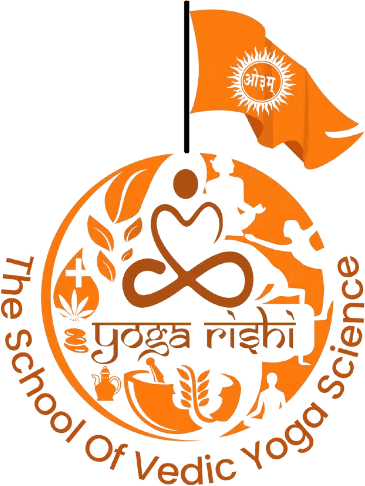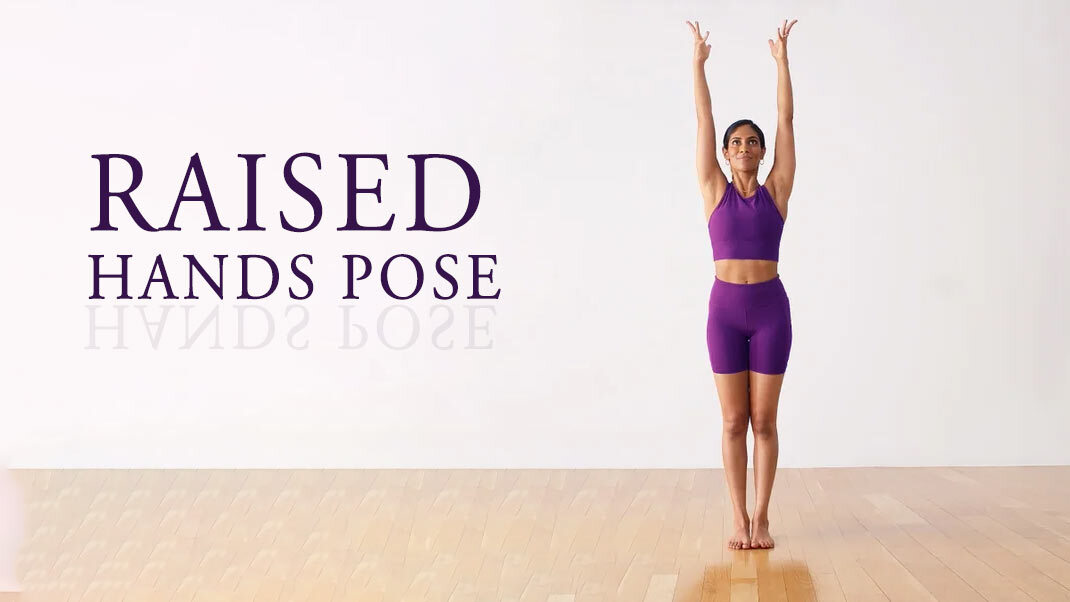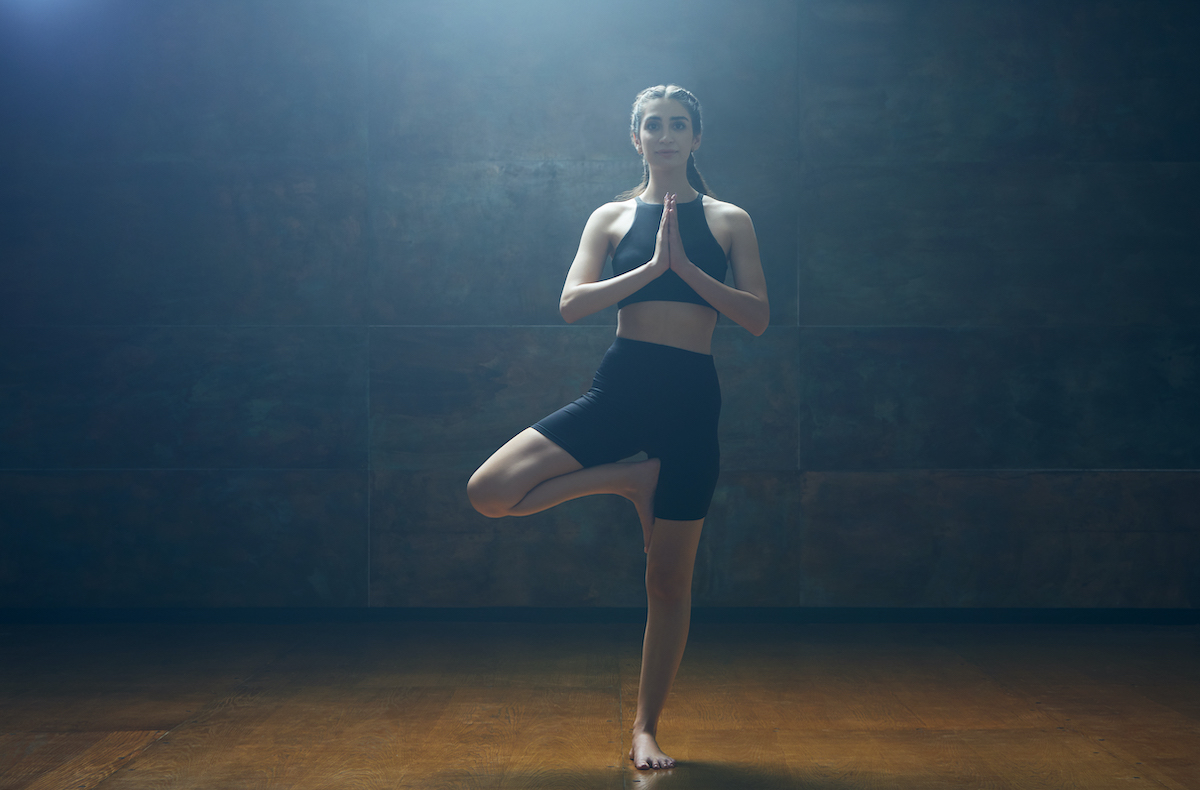
Cultivating Inner Stillness with Eight Elements of Yoga
Introduction:
The 8 elements of yoga, as described by the great thinker Patanjali via his writings, present a thorough road to enlightenment and intellectual growth. These elements, regularly referred to as Ashtanga Yoga, offer a systematic strategy to leading a healthy and purposeful life. The eight limbs of yoga aren’t arranged in a straight course; rather, they’re a collection of linked exercises that may be utilized to build a more peaceful and well-balanced existence. Every element strengthens the base laid by the one before it, and collectively they provide a thorough route to self-actualization. It constitutes an eight-fold road that leads to liberty, to put it briefly.
Modern ideas of wellness have reduced this age old practice to a kind of exercise that primarily aids in the development of muscles, shedding pounds, and conditioning of various body parts, which has limited our comprehension of this comprehensive method of living. Whereas it is essentially about the complete growth of the physical, mental, and spiritual selves as well as a means of navigating the road to awakening and knowledge. The limbs of yoga lead us along that road. For us to achieve Divine enlightenment and everlasting bliss, each of these elements must all grow at the same time.
History of Eight Limbs Mentioned in Yoga Philosophy:
The eight limbs of yoga have their origins in the texts of ancient Indian sage Patanjali, who collected and organized all of the relevant concepts in his writings that offer a thorough and organized methodology for spiritual development and self-actualization.
These teachings had an important influence on how yoga evolved into an enlightened and ethical discipline. Since ancient times, the eight limbs of yoga have been widely researched and practiced, and they remain a crucial component of modern theory. They provide a thorough route to self-actualization and may be applied to enhance mental and physical wellness.
Eight Limbs of Yoga Explained:
Each of the 8 elements of yoga are explained more thoroughly below:
Yama:
5 basic ethical or moral tenets which govern one’s conduct in this world make up the initial element.
There are 5 Yama’s:
- Ahimsa: The moral code that forbids using assault and endangering innocent living beings
- Satya: The value of maintaining integrity
- Asteya: the rule of refraining from stealing any thing
- Brahmacharya: The concept of controlling one’s own the act of sexual or marital faithfulness.
- Aparigrah: The idea of avoiding hunger and being possessive
Niyama:
We can develop a feeling of inner serenity and mental health by focusing on our own observations and self-control in this second element.
The 5 Niyama’s are:
- Shaucha: It emphasizes purity and having a clear mental and physical state.
- Santosha: It emphasizes contentment.
- Tapa: It is about perseverance, fortitude, and self-control.
- Swadhyaya – It is focused with learning things for oneself.
- Eshwar Pranidhan – It pertains to dedicating oneself to the highest force and submitting to His will.
Asana:
The 3rd element among eight limbs of yoga deals with the physical exercises that ought to be done to maintain one’s physical health. It contributes to the body being more balanced, adaptable, and powerful. These positions are equally strenuous and soothing.
Pranayama:
Approaches for controlling breath make up the 4th element. Practitioners acquire the skills to control and modify their breathing to improve the body’s vitality flow, which fosters general health and clarity of thought.
Pratyahara:
Withdrawing one’s senses from stimuli outside is the 5th element. The practitioners minimize external interference and get the mind ready for meditating by focusing inside. It raises consciousness about oneself.
Dharana:
The 6th element is focused attention, which involves narrowing one’s attention to one particular idea, thing, or mantra. The brain is steadied and unaffected by persistent attention.
Dhyana:
The 7th element is meditating, which is a condition of unbroken and ongoing movement of focused attention onto the object of concern. Deeper mindfulness and internal awareness are the results.
Samadhi:
The deep level of concentration and immersion is the last among 8 limbs of yoga. Samadhi is a condition of perfect union with the meditation subject in which the person doing the meditation transcends ego limits and enters a world of unadulterated happiness and spiritual realization. The person is completely united with the Ultimate in this state.
Usefulness of Eight Limbs of Yoga:
A complete set of practices, each of the 8 limbs of yoga can provide a variety of advantages for the mind as well as the body. The following are some possible advantages:
- Yoga’s basic asanas can assist to build muscles that are more powerful, increase mobility, and lessen discomfort. It can also aid to enhance calmness, decrease levels of stress, and improve cardiovascular fitness.
- Meditation and pranayama techniques can aid in relaxation, stress reduction, and improved focus. Additionally, yoga can assist to elevate self-worth, lessen worry, and enhance mood.
- They can support the development of mindful living, which is the capacity to be in a state of now and conscious of one’s emotions, thoughts, and body sensations. We may make wiser judgements, experience less stress, and have stronger connections by practicing mindfulness.
- They can aid in our growth of a more profound awareness of our bodily and mental identities. Increased acceptance of oneself, empathy, and perseverance may result from this.
- They can be followed as a means of spiritual growth. We may develop a more moral and conscientious way of life by putting the Yama’s and Niyama’s into practice. We can communicate with our deeper selves and feel at peace with ourselves via the practices of pranayama & meditation.
Conclusion:
People, who practice 8 elements of yoga, work to balance their bodily, mental, & spiritual selves, which leads to self-awareness, calm within, and a closer relationship with God. The journey of limbs of yoga is thought to be transforming, leading practitioners to a healthy and fulfilling existence.









